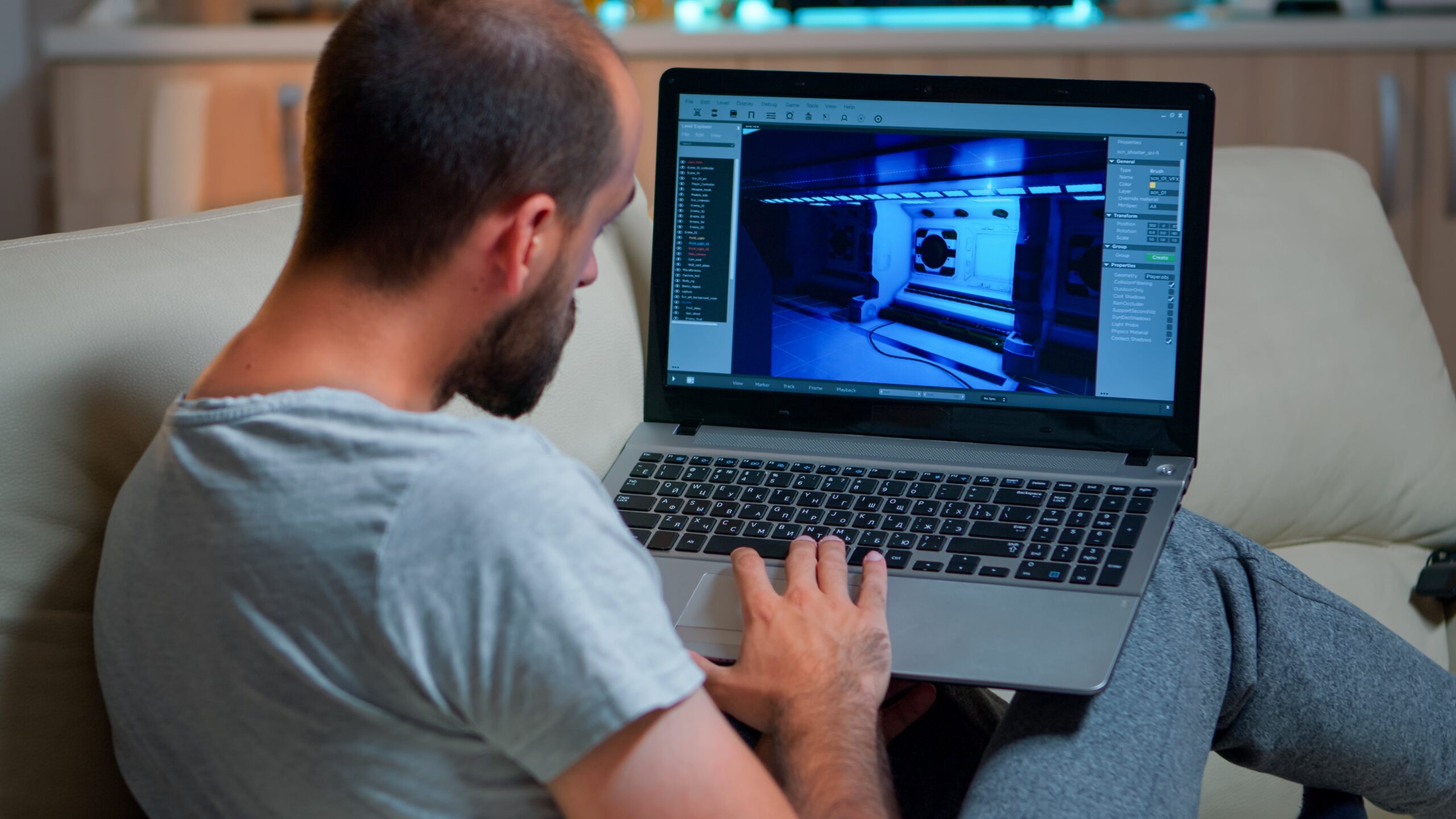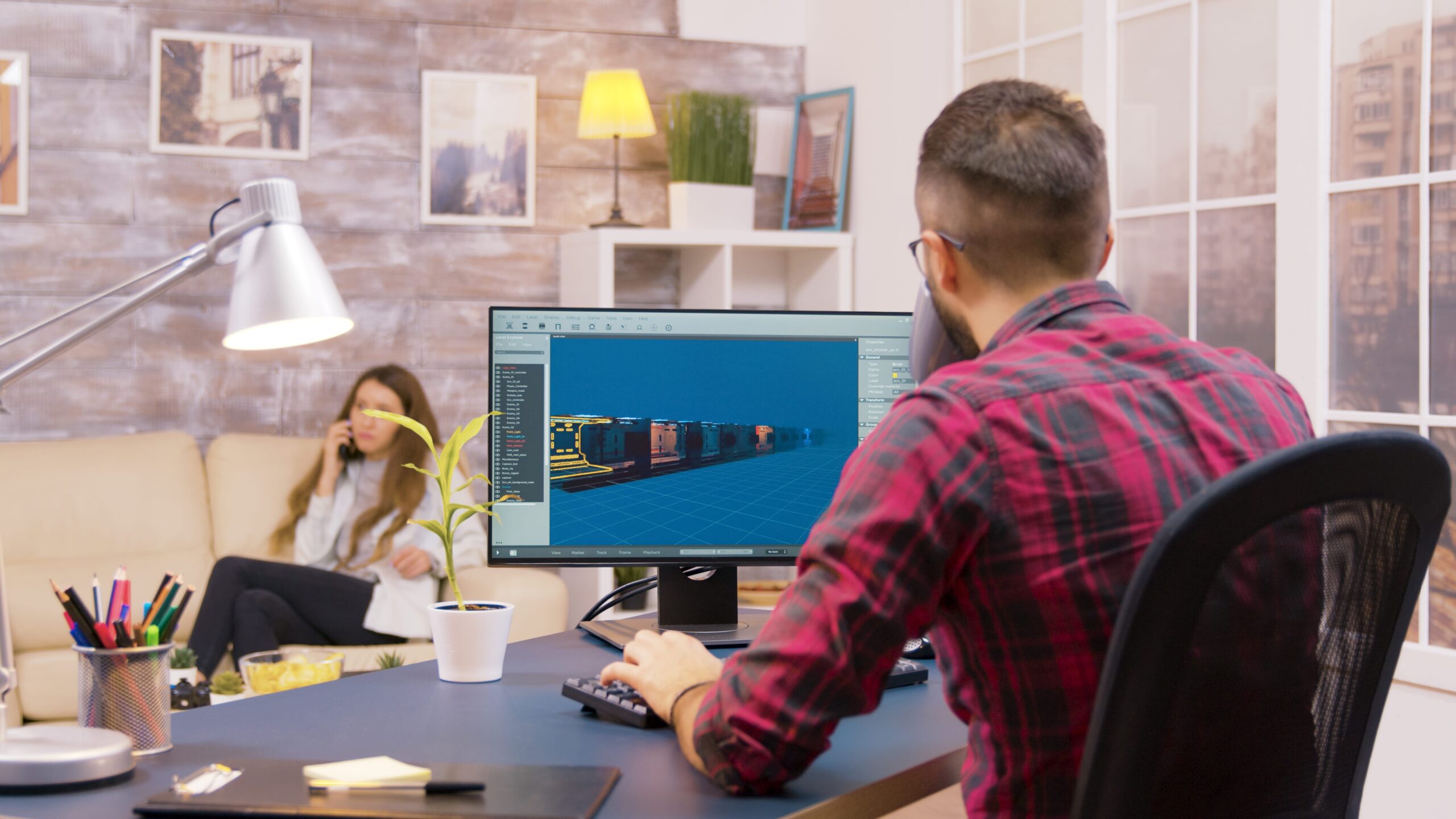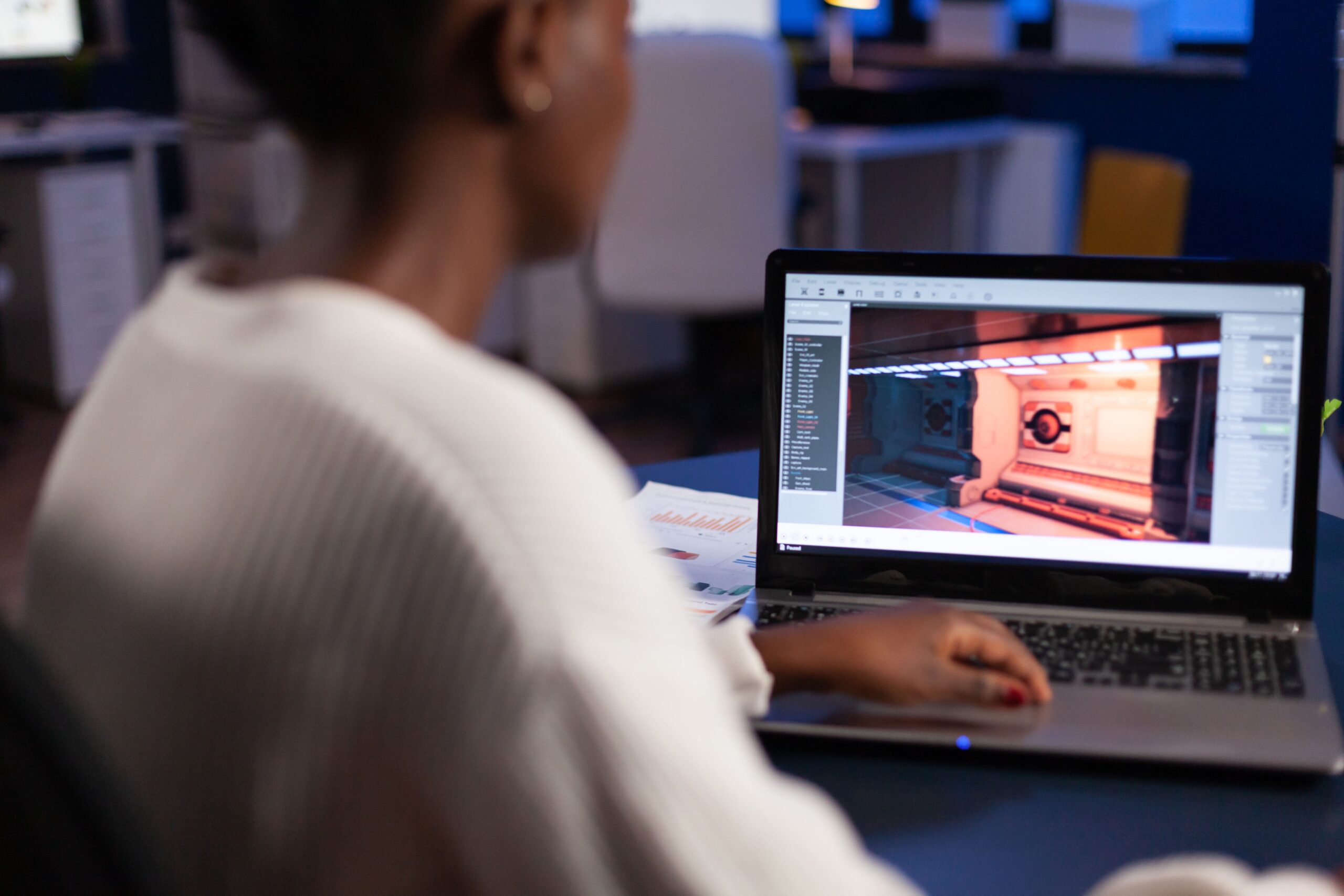Are you ready to dive into the world of 3D animation with Blender? Blender is a powerful and versatile software used by professionals and beginners alike to create stunning animations. In this tutorial, we will guide you through the essential basics of Blender animation, from understanding the interface to creating your first animated project.
1. Getting Started with Blender
Before delving into animation, familiarize yourself with the Blender interface. Blender’s interface may seem overwhelming at first, but with practice, you will navigate it with ease. Learn about the various panels, tools, and shortcuts to streamline your workflow.
2. Understanding 3D Space
In Blender, you work in a three-dimensional space where you can manipulate objects in X, Y, and Z axes. Understanding how to move, rotate, and scale objects in 3D space is fundamental to creating dynamic animations.
3. Creating and Editing Objects
Blender offers a wide range of primitive objects, such as cubes, spheres, and cylinders, that you can use as the building blocks for your animations. Learn how to create, duplicate, and edit objects to bring your ideas to life.
4. Applying Materials and Textures
Materials and textures add realism and depth to your 3D models. Blender allows you to apply textures to objects to simulate various surfaces like wood, metal, or glass. Experiment with different materials and textures to enhance the visual appeal of your animations.
5. Introduction to Animation
Animation in Blender involves creating movement and bringing your scenes to life. Learn about keyframes, timelines, and animation curves to animate objects smoothly and realistically. Start with simple animations and gradually progress to more complex movements.
6. Rigging and Character Animation
Rigging is the process of adding bones and controls to characters to enable movement. Blender offers robust rigging tools that allow you to create intricate character animations. Explore rigging techniques to animate characters with fluidity and expressiveness.
7. Lighting and Rendering
Lighting plays a crucial role in setting the mood and atmosphere of your animations. Blender offers various lighting options such as point lights, spotlights, and ambient occlusion to illuminate your scenes effectively. Rendering your animations transforms the 3D scene into a final image or video. Experiment with different lighting setups and rendering settings to achieve the desired visual outcome.
8. Particle Systems and Effects
Blender’s particle systems enable you to create effects like fire, smoke, rain, and more. Dive into the world of particle systems to add dynamic elements to your animations. Experiment with physics simulations and particle settings to create realistic effects.
9. Camera Animation and Composition
Animating the camera adds depth and perspective to your scenes. Learn how to animate the camera to create cinematic shots and storytelling sequences. Master camera composition techniques to enhance the visual storytelling of your animations.
10. Advanced Techniques and Tips
Explore advanced Blender features such as modifiers, constraints, and shaders to elevate your animations to the next level. Stay updated with Blender’s latest updates and tutorials to expand your skills and creativity.
Conclusion
By mastering the basics of Blender animation, you can unleash your creativity and bring your imagination to life in the digital realm. Whether you’re a beginner or an experienced artist, Blender offers endless possibilities for artistic expression and storytelling. Join us on this journey to master Blender animation basics and create captivating 3D animations.
Key Takeaways:
- Blender starts with learning its interface, panels, and shortcuts to improve efficiency.
- Understanding how to navigate and manipulate objects in 3D space is foundational for all animation work.
- Basic primitive shapes can be modeled and edited into complex assets, forming the backbone of your scenes.
- Applying materials and textures significantly boosts realism and gives models depth and character.
- Smooth animation relies on proper use of keyframes, timelines, and curves, starting simple and building complexity.
- Rigging skills enable expressive character movement by adding bones and control systems.
- Lighting choices and rendering settings heavily influence mood, clarity, and final visual quality.
- Particle systems add dynamic effects—like smoke, fire, and rain—that enhance scene impact.
- Camera animation and thoughtful composition create cinematic storytelling and stronger visual engagement.
- Exploring advanced features such as modifiers, shaders, and constraints helps push creative and technical boundaries.
To further enhance your journey in 3D animation, consider enrolling in the NYU Animation Industry Essentials online course and certificate program offered by Yellowbrick. This program can provide you with valuable insights, industry knowledge, and hands-on experience to excel in the field of animation. Unlock new opportunities and refine your animation expertise with the NYU Animation Industry Essentials program.








